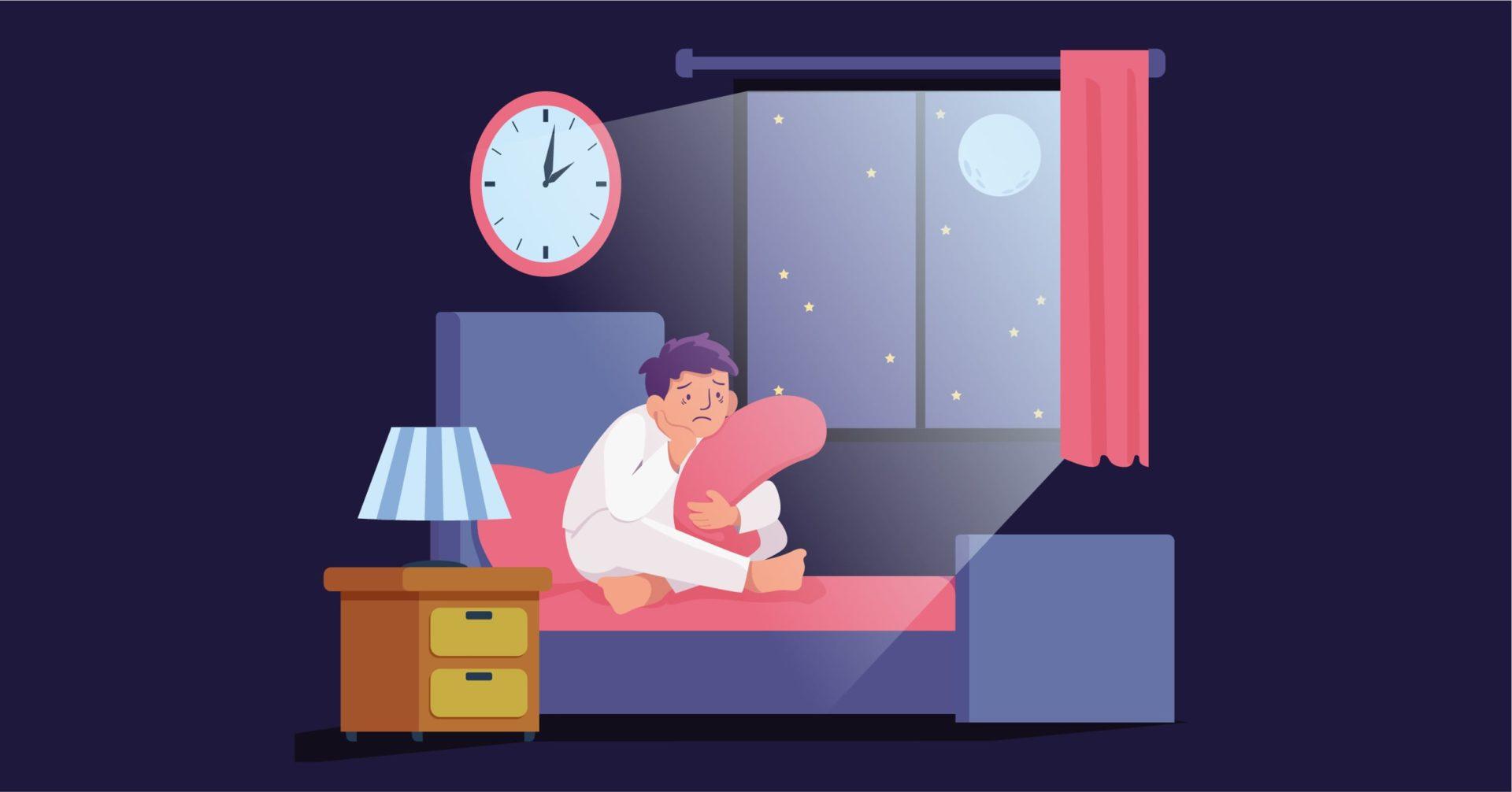Overview
Stereotypic Movement Disorder is a disorder seen among children. The child may engage in motor behaviours which are driven, constant and purposeless. They may or may not be able to stop themselves and sometimes these behaviours can be self injurious.
Typical behaviours consist of head banging, hand waving, poking eyes (seen in children with visual impairments), face slapping, biting of hands or lips, waving a string in front of the face, torso rocking, cocking their head, etc. Each child may have their own rhythmic movement pattern. It may even consist of multiple movements.
In children with other neurodevelopmental disorders, effort to stop this behaviour may take a while or the child may be unresponsive to them. In children without any comorbidities self restraining behaviour such as sitting on their hands, wrapping arms in cloth and other self protective and restraining measures can be observed.
The exact cause of this disorder is unknown. However, theorists suggest that it may be learnt due to reinforcements. Reinforcements help a certain behaviour to persist. They can be negative or positive. In case of positive reinforcements, the behaviour leads to a pleasant stimulus.
For instance, kids may put pressure on their eyes which produces visual stimuli and reinforces stereotypic behaviour. In case of negative reinforcements, the behaviour often reduces the effect of an already present stimulus. This can be seen when the individual covers their ears to lower the effect of noise around them.
Constantly tinkering with these behaviours makes them habitual to a point where they interfere with the child’s ability to function. These may start off during developmental periods but stay back due to developmental delays.
This may also explain why it is highly prevalent among kids with other neurodevelopmental comorbidities. However, it may occur in children without any neurodevelopmental comorbidities too.
The disorder ranges in severity. It can be mild, moderate or severe. In mild cases, the child is often aware of their behaviour and tries to stop it. Sometimes, they may be successful in doing so. The behaviour is usually not injurious in nature.
The child might stop the behaviour if distracted. Severity at the moderate level, protective measures need to be taken and behavioural interventions follow. In cases of severe stereotypic behaviours, injuries are common. Serious protective measures and monitoring are required.
Common Signs and Symptoms
Common signs and symptoms include:
- Repeated, rhythmic movement of one or other body parts and having difficulty to stop this behaviour.
- Behaviours may consist of head banging, hand waving, torso rocking, face slapping, poking eyes, biting hands or lips, etc.
- The movement serves no purpose.
- It interferes with the social, occupational or academic functioning and other day to day activities.
- The behaviour may sometimes lead to injuries.
- The behaviour intensifies in stressful situations or due to boredom.
- In kids with no comorbidities, there may be efforts to stop the behaviour on their own. These may consist of sitting on hands, wrapping hands in clothes and other self restraining behaviour.
Risk Factors
DSM-5 notes environmental, genetic and physiological factors associated with the risk of developing stereotypic movement disorder.
Environmental factors include stressful environments that reinforce certain behaviours. Social isolation during the developmental stages may also lead to stimulus production through stereotypies.
Neurogenetic disorders and conditions such as Lesch-Nyhan syndrome, Rett syndrome and Cornelia de Lange syndrome, alongside lack of environmental stimulation may increase the risk of developing stereotypic movement disorder. Lower intellectual capacity has also been associated with the increasing risk of this disorder.
Diagnosis
There are no screening tools for assessment of this disorder. However, structured and unstructured interviews of the caregivers and personal observations of the individual can help with the diagnosis. Signs of physical injuries should also be considered. The environment in which the behaviours typically occur must also be noted.
To be diagnosed with this behaviour, following criteria must be met:
- Repeated, driven and purposeless movement of body parts.
- Difficulty stopping it.
- It interferes in the individual’s daily activities.
- There may be self restraining behaviour
- The onset is usually an early developmental period.
Psychologists are to specify if the behaviour is caused due to other medical conditions, neurodevelopmental disorders, genetic syndromes or exposure to substances. They are also required to specify if the behaviour is mild, moderate or severe.
Treatment
Treatment options are mostly behavioural. Pharmacotherapy is usually recommended only for stereotypic disorders with other comorbidities.
Typically, clomipramine, risperidone, and fluoxetine are administered to children with Stereotypic Movement Disorder with Autism.
Behavioural treatments are more common. The main goal of behavioural treatment is to reduce the behaviour that causes harm to the individual. Therapies revolving around using reinforcements to reduce the stereotypies include Differential Reinforcement of Other Behaviour(DRO) and habit reversal therapy.
In DRO, the child is taught to discriminate between inappropriate and appropriate behaviour and then positive reinforcements are given every time the child engages in appropriate behaviour. This conditions the child to stop the stereotypic movement behaviour.
Specialists
Child psychologists and neuropsychologists are often approached for the treatment of this disorder.




